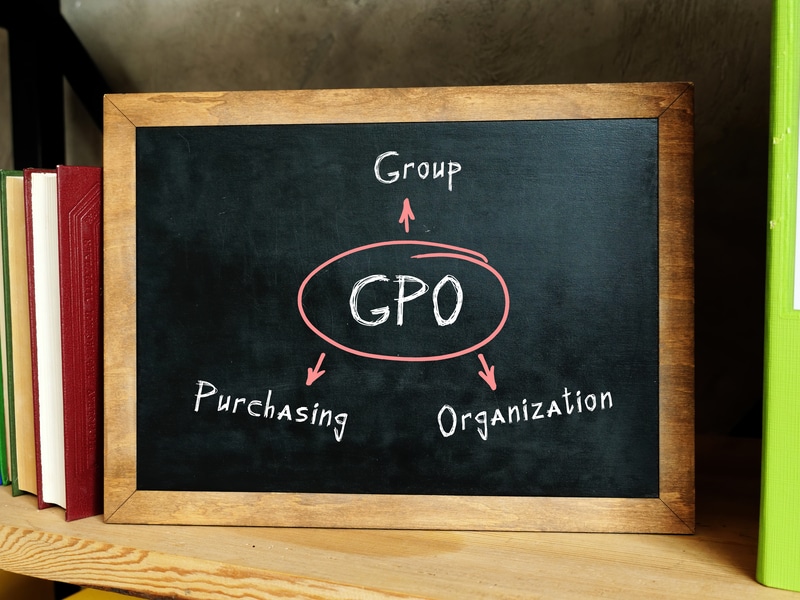By John Hagarty
A group purchasing organization (GPO) leverages the collective buying power of its members to obtain significant discounts on desired products and services. Some GPOs work with all markets and industries, while others have a niche segment. Examples of segments include service industries, such as faith-based nonprofits, schools, healthcare and hospitality.
GPOs can be for profit or not-for-profit. Knowing which category they fall under might give helpful insight into the culture of the organization. In the not-for-profit category, money is going back into the mission of their organization.
How is a GPO structured?
The basic elements of a GPO are members, vendors and GPO staff. Members are consumers of products and services, vendors are providers of those products and services, and the GPO staff is a team of individuals who facilitates mutually beneficial relationships between them.
A dedicated GPO staff strives to keep in touch with its member base and convey their needs and feedback to its vendors. Likewise, the staff maintains open communication with its vendors, staying abreast of new offerings and specials, and relaying this information back to its members.
How do you use a GPO?
First, review the vendors and resources that are accessible through the program. Decide if the participating providers offer products and services you would utilize. Some organizations are members of multiple GPOs because they offer a different array of suppliers. To experience the full discounts and advantages of the program, sign up to become a member.
Typically, there is a nominal fee to join a GPO. The savings earned through the utilization of approved providers more than pay back the investment. After identifying a current or future need, reach out to the GPO staff so they can connect you with the appropriate vendor contact.
Once this connection is made, communicate directly with the vendor to obtain products and services. Share your vendor experience with the GPO staff. They will serve as your advocate and apply your feedback to strengthen their offerings.
What are the advantages of joining a GPO?
First, members save money. The more members are participating in a GPO, the more vendors are motivated to drive down costs. Therefore, the more vendors a member uses, the more they save.
Second, members save time. Approved vendors have already been thoroughly vetted by GPO staff, so members do not have to spend hours conducting research and reading reviews.
Third, members enjoy additional benefits such as coupons, discounts on educational conferences, and access to free resources.
Finally, members have opportunities to network by attending luncheons, trade shows and training sessions. Here they can share their experiences and recommendations with like-minded individuals. Being part of a strong, healthy GPO is an important support system for your organization.
Success Story!
More than just hearing what a GPO could do for its members, it is good to hear what they have done for their members. One example is when they saved a member from a Christian school more than $9,000 in a year on office supplies alone.
Here are some questions for you to consider asking before using a GPO.
- What is their mission and purpose?
- What make your GPO stand apart from others?
- Are they for profit or not-for-profit?
- Is there a monthly fee?
- Do you have to sign a contract or agreement?
- If there is a contract or agreement, how do you get out of it?
- Is there a minimum purchase requirement?
- If there is a dispute with a member and vendor, how is it resolved?
These are just some of the many questions to consider before using a GPO.
John Hagarty is the director of CO+OP member/vendor relations. He oversees the relationship team, vets vendors, and engages with members and vendors, www.churchco-op.org.






